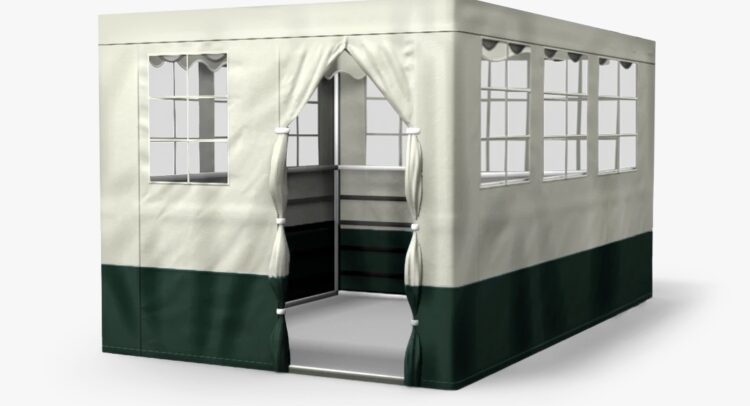Raboyseyee and Ladies,
From Discarded Materials in Brooklyn to LED Lights: The Evolution of the Sukkah
The good news: Yom Kippur is over — and not a minute too soon. Let’s get real: just how long can one sit in shul and keep his or her mind in the game? Are we really expected to concentrate on the teshuvah process a gantze tug (the entire day)? Plus the night before? Who does that? Isn’t your mind already wandering a few minutes into Kol Nidrei, bum that you are?! Indeed it is! And then comes Yom Kippur itself: no matter what time you stroll in, there are still hours and hundreds of pages to go before reaching the back of the machzor. Yikes! What to do?
Does the RBSO forgive even when you only halfheartedly mumbled through the words? Who thought of all these detailed sins? Who wrote all this anyway? Who specifically delineated the Al Cheyts? Were they creative types with vivid imaginations who chapped human behavior — or experiences people who knew, and maybe violated, every item on the list themselves? Why do we need forty-four versions of “we sinned” to say how badly we behaved last year? The final section — Al Chato’im — seems to cover every major category of aveirah most of you managed to violate. Does the RBSO really need the details? Doesn’t He know everything? Didn’t He pre-program us? What chance do we have? Of course we sin! But, do we need to repeat them five different times in 24 hours? What’s pshat here?
Nu, as you can see, the Ois has plenty of questions, but not one answer. Bottom line: the RBSO has answers of course — but getting them requires a face-to-face meeting I’m not ready for. As I’ve said before, no one I know has come back from such a meeting. So until my time, I’ll just accept whatever the machzor printers put in. Let’s move on.
The good news: if you’re reading this Sukkis post, the RBSO has either forgiven you or, based on your promise to do better, has given you a reprieve. In other words: you admitted guilt — and you are guilty — but sentencing has been delayed. Alternatively, it’s been “put on the shelf” — not executed, for now, for reasons you don’t need to chap. But mess up again and your new sins plus the old ones will conspire to punish you faster than you daven Maariv after the fast.
More good news: though you promised to be better, the RBSO knows we’ll break those promises faster than last year. Let’s remember: He programmed us with a yetzer horo stronger than anyone else you’ll ever meet. But for now, we’re good. And if you couldn’t get into the right frame of mind on Yom Kippur because your head was -at least at times- filled with thoughts of business, or other zachin you shouldn’t have been thinking about, if you chap, there’s still more good news: though the books are officially closed, they’re not really. Our sages -may they be blessed- also gave us the Hoishanah Rabbah extension, giving latecomers to teshuvah another chance. In fact, the RBSO accepts those who repent 24/7, 365 days a year. Until then, time to move on to the next mitzvah. And just like that, welcome to the happy Yom Tov of Sukkis, which we usher in tomorrow night. Why are we happy? Because that’s the mitzvah — vesamachta bechagecha. So we are commanded: be happy. The pressure is on.
As the Ois was building and decorating his sukkah this past week, nostalgia overtook him. He began to recall the sukkahs of old — what they looked like, how they were fashioned and how they were decorated.
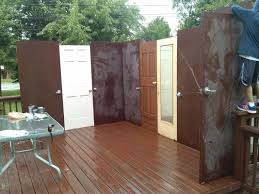
Back in the 1960s — in Boro Park, mamish the capital of postwar Jewish life -who ever heard of Flatbush back then?- sukkahs didn’t look like today’s palace-like huts splashed across glossy magazines. Prefab kits? Roll-out canvas with zippers and Velcro? Interlocking poles? Sechach mats that unroll in a minute? Windows, heaters, air conditioners, chandeliers dangling over Persian rugs? Fuggedaboutit! The sukkahs of yesteryear were strictly DIY, built with whatever you could find, “borrow” from a neighbor’s garbage, or find discarded waiting for the sanitation people.
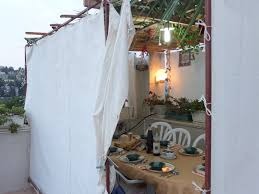
Old wooden doors — often with the knob still attached — were gold. My earliest memories of sukkah-building with my father, OBM, was schlepping heavy doors he scavenged — bedroom, closet, front and back doors, and slowly erecting the sukkah. No two doors matched, none were the same height, but when nailed together at the right angle, they stood proud and didn’t budge an inch. The bad news: no two doors were the same height and because of this unevenness, when the winds came, the bamboo poles on top would roll down until they came to a rest on the shortest door. By then, only part of the sukkah was kosher — but we loved it. That sukkah was as sturdy as a fortress. It could have withstood a hurricane. Compare that to today’s Sukkos: sleek, collapsible, feather-light aluminum. Pretty? Yes. Sturdy? Not so much. Form over function. One gust and your sukkah is doing a TikTok dance across the yard. The Ois can testify —at least two of his sukkahs went airborne, in recent years returning as mangled wrecks.
Bedsheets from the linen closet doubled as walls. A stray shower curtain (mildew and all) added “color.” Plywood sheets that survived two winters leaning against the shed suddenly became holy commodities. Every block had its sukkah characters. Some looked like army barracks, some like construction sites, and some like the laundry room exploded into the backyard. And yet, somehow, they were all 100% kosher — and kosher enough for the times.
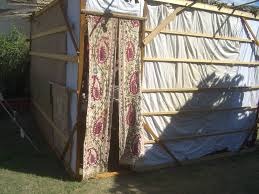
Old doors gave way to more modern materials and in 1965, along came Chaim Leiter, OBM, of Leiter’s Sukkahs. He designed and convinced the Chinese to manufacture the first ever easy-to-erect canvas sukkahs with poles — far easier to assemble, dismantle, and store. Yellow and blue were his colors. Ober, as Yiddin do, copycats quickly followed. Other entrepreneurs went back to China, ordered lighter materials with silk-screened Hebrew letters, and cut into Leiter’s business. That’s the Jewish way: success invites competition. In 1970 or thereabouts, Yossi Biston and Abe Diamond came out with 4×8 wood paneled sukkas and then prefabricated fiberglass wall panels — for the wealthier crowd. Them wood panels were mamish heavy but paneling was in; having a wood paneled sukkah was mamish status.
Fast forward. The DIY era gave way to the do-it-for-me economy. Toirah-inspired entrepreneurs —clever yeshiva guys began offering sukkah services: schlepping, building, dismantling, storing. Givaldig! Why not? In hyntige tzytin (In our times), one can even hire a yeshiva bochur to sit shiva for you.
But the biggest revolution, in my humble opinion, was seen in sukkah decorations. How did this happen, and why? Do we decorate our hotel rooms? And yet, today it’s an industry. Where did it start? And the answer, raboyseyee, is that it all began in the heylige Gemora itself where -over time- many a yeshiva bochur figured out how to properly exploit the RBSO’s instructions for a profit: forget college!
The heylige Gemora records that in the days of the Sages, sukkahs were adorned with wall hangings, tapestries, fruits, nuts, jars of wine and oil, and more. The Mishna (Sukkah 10a) mentions hanging fruits and nuts — peros, ogozim, shekeidim. Rashi and Tosafos explain: hiddur mitzvah — beautifying the mitzvah. Later halachic sources codify it: decorate the sukkah, make it special, show the RBSO some love. Nice. Ober, when was the last time you saw nuts hanging in the sukkah? We’ve all experienced nutty behavior in the sukkah, but how did we get from fruits and nuts to LED light shows and laminated 3D posters? Same principle, different medium. Clever!
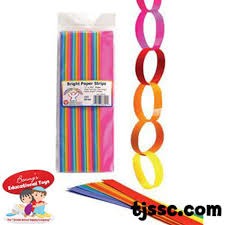
In the old Brooklyn days, decorations were simple: colored paper chains, and posters of gedolim, a rebbe or two. When the rain came, the chains dripped colors and fell apart. Paper posters needed to be trashed yearly. Notwithstanding their individual greatness -some even performed miracles- but none could withstand the elements. It was planned obsolescence! In the shtetl, they hung apples, nuts, and bread. In Morocco: fabrics and lanterns. In Yemen: embroidered cloth. Each generation reflected its local culture. Ober, fast forward: mass production, Amazon, Judaica stores — now beautification means shiny foil, posters that are made to withstand the elements, glitzy LED lights, plastic grapes that never rot. Back then, a fruit falling on your head was a hazard. Today, an LED strip falling on your kid is an insurance claim.
And yes — a lot of it is for the kinderlach. The Gemora never imagined Instagram-worthy sukkahs, but parents know: if it glows, it sells. A colorful sukkah keeps kids excited and the mitzvah alive. Mistama they were encouraged by Rabbi Yoichonon who said:
רבי יוחנן אמר: תורה אומרת על הסוכה: וְהִדַּרְתָּהּ — יֵשׁ לְהַקְשִׁיטָהּ בְּפֵרוֹת וּבְדְבָרִים. כמו שהכלה מקשטת עצמה.
In English: “Beautify it — hang fruits or other decorations. Just as a bride adorns herself, so too one adorns the sukkah.”
Rashi explains: vehiddarta bo — beautify the mitzvah, make it joyous. Even Toisfis agrees: sukkah decoration is joy and kavod for the RBSO.
Fruits and nuts worked centuries ago. Today? It’s waterproof wallpaper, murals, neon lights, chandeliers, and yes — slimmer chairs and beds built just for the sukkah. If the Mishna had foreseen glitzy Alexa-controlled LEDs, they might have debated its kashrus.
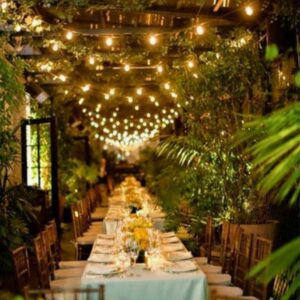
And now? Sukkah contests. People send in glossy photos, graded for creativity, beauty, and the number of LED strips hidden under the chach. The sukkah of today looks nothing like the patched-together fortresses of our childhood. It’s HGTV meets Bava Basra.
The bottom line: We’ve gone from salvaging doors and sheets in 1960s Brooklyn to a multimillion-dollar sukkah economy. Is it Pesach-level? Hard to say. Pesach has matzos, hotels, cleaning, flights. But Sukkis has its own financial minefield: esrogim priced like diamonds sold by hundreds of young budding entrepreneurs, prefab sukkahs rivaling down payments, sechach bundles, installers, decorators, and inevitable upgrades you never knew you needed.
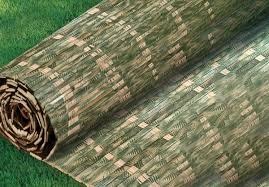
The sukkah has evolved, but the core remains: a few walls, a roof of branches, and Jewish ingenuity. Whether built from doors and sheets or decked out like the Bellagio lobby, it’s still where we eat, drink, sing, and remind ourselves that impermanence is the point. The rest — chandeliers, contests, mosquito-net beds — is the Jewish economy at work.
The bottom line: Sukkahs have changed for sure: from midbar branches to shtetl fruits to Boro Park doors to modern prefab kits and today, to LED-lit designer palaces. The aesthetics evolve, the mitzvah remains. Dwell, rejoice, and make a space holy for a week. And if a gust of wind challenges your modern masterpiece? Remember: the heylige Gemora never promised perfection — only effort, joy, and a sukkah under the clouds of glory.
The final bottom line: if your sukkah has more LED lights than your living room chandelier, you’re probably doing it right.
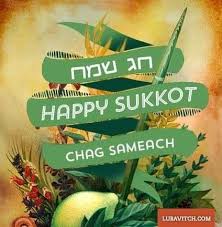
Chag Somayach to all-
The Heylige Oisvorfer Ruv
Yitz Grossman
